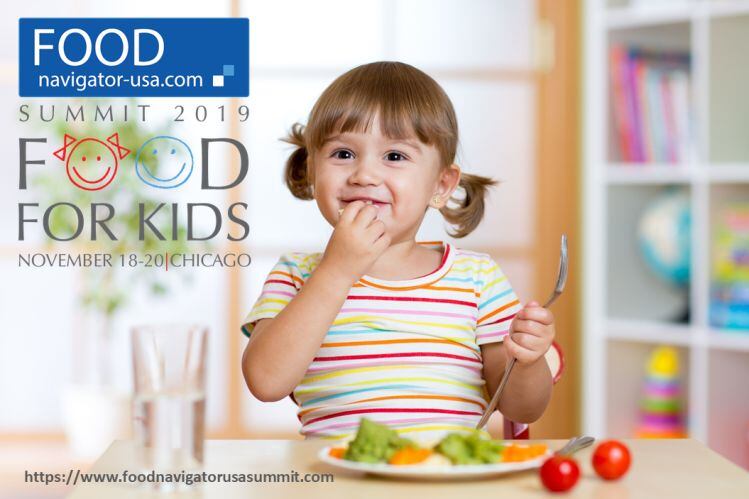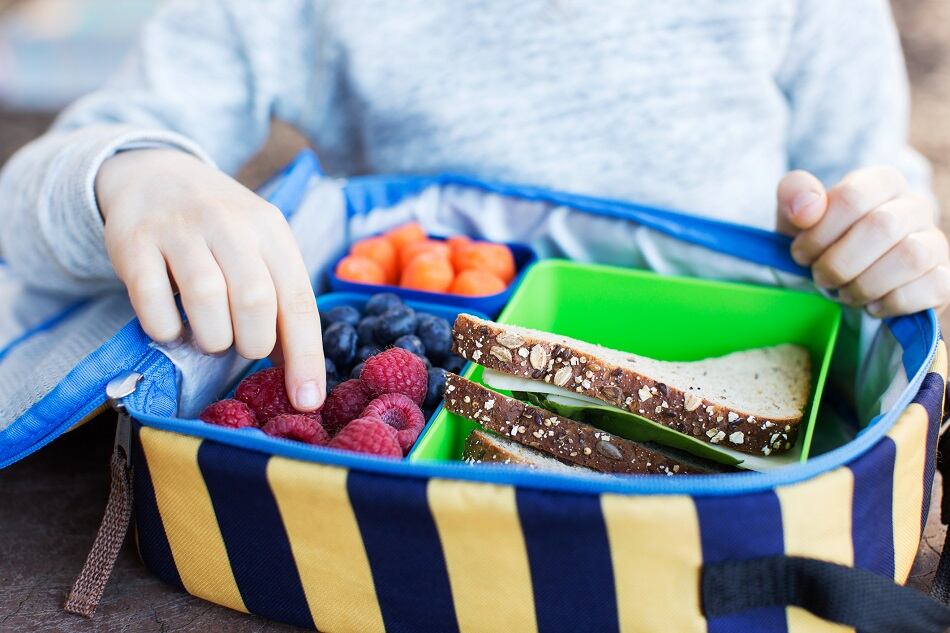The study (published in the International Journal of Obesity) investigated how pre-packaged snack food affected eating patterns among 1,299 11- to 12-year-old Australian children.
Obesity rates in Australia -- where one in three children aged 2 - 17 years are overweight or obese (Australian Institute of Health and Welfare) -- are not far off from childhood obesity rates in the US. According to Centers for Disease Control (CDC) 2017-2018 data, 18.5% or 13.7 million 2- to 19-years-old were overweight or obese.
"Past dietary studies have mostly focused on main meals," said lead researcher of the study Dr Jessica Kerr. She added that until now studies into snacking behavior were limited by self-reported data or small sample sizes.
"It is important to determine on a larger scale how dishware size and the quantity, variety, and energy density of snacks affect both child and adult snacking behavior when apart from each other outside of the family environment," Dr Kerr noted.
As the study suggests, container or package size may have less of an impact on curbing consumption than previously thought.
"There has been a popular push by nutritionists and public health officials towards replacing large dishware with smaller versions to nudge people towards healthier decisions," Dr Kerr said. "But we have found dishware size has very little effect on the amount of food consumed."
Greater variety and quantity leads to overeating
Researchers gave kids a snack presented in four different ways: (1) small box, few items, (2) large box, few items, (3) small box, more items (4) large box, more items. The snackboxes contained varying amounts of snack items such as crackers, cheese, a muesli bar, biscuits, a tub of peaches and chocolate. After 15 minutes, recorded how much food was left in the box uneaten.
Researchers then recorded how much was leftover to determine the amount of food calories consumed.
Children who were offered a greater quantity and variety of snack items consumed considerably more food, said Dr Kerr. In contrast, manipulating box size had little effect on child consumption, and neither box size nor quantity/variety of items consistently affected adults’ consumption.
"In children, reducing the number and variety of snack food items available may be a more fruitful intervention than focusing on container or dishware size," concluded researchers.
Dr Kerr added that further research should be done with parents and community leaders to better understand the use and purpose of snack food items in the face of time pressures, marketing, and child preferences.
Downsizing snack portions
"Although there is sometimes a place for snack items to bridge the gap between main meals, our results reinforce calls to educate parents and schools about appropriate snack items and amounts of food to offer children," she said.
"Our research indicates that more attention and resources should be directed to toward offering children smaller amounts of food and, specifically, fewer and less variety of energy-dense foods and pre-packaged items. Interventions should not solely invest in reducing dishware size in the expectation that this will lead to reduced intake of snack foods."
Are we giving kids too many options when it comes to snack time? What should kids be eating between meals? Let us know your thoughts at FoodNavigator-USA's FOOD FOR KIDS summit this November 18-20 in Chicago. Register TODAY!


